Why Do Some Knives Have a Hole In The Blade? Is it an Advantage or
Why Do Cheese Knives Have Holes

For this reason, magnetic knife blocks or knife hooks are common in professional kitchens around the world. If there's just one reason for the holes in most cleavers, it's this one. 2. Another Strong Reason - It's Iconic. As cynical as it may sound, a huge reason that meat cleavers have holes is that, well, that's how they've always.
Why do some Knives have Holes? [Reasons]
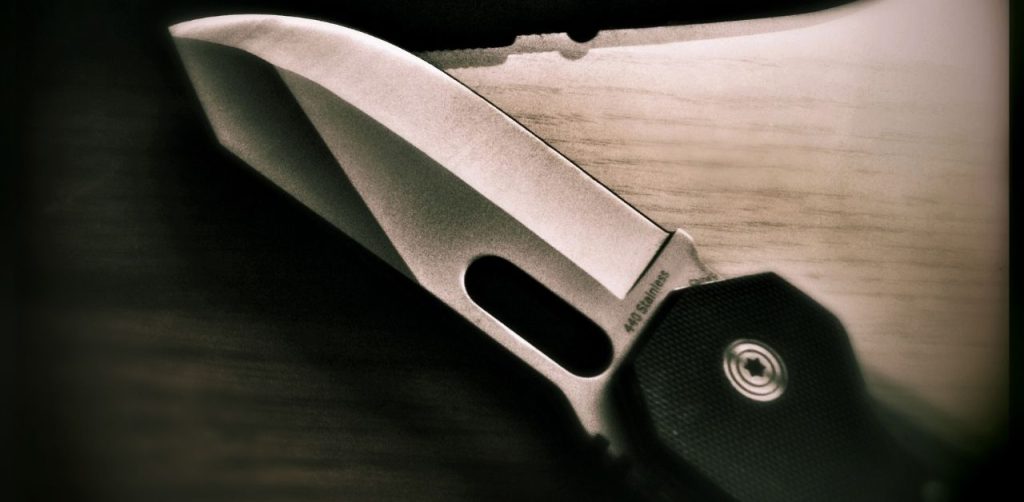
Allows Knives to be Hung for Easy Use. Some knives have holes in the blade because it's ergonomically efficient. Meat cleavers, machetes, and other large knives usually have holes on the top edge of the blade so they can be hung from a rack or hook when not in use. Wusthof Meat Cleaver with Hole For Hanging.
9 Reasons Why do Knives have Holes?
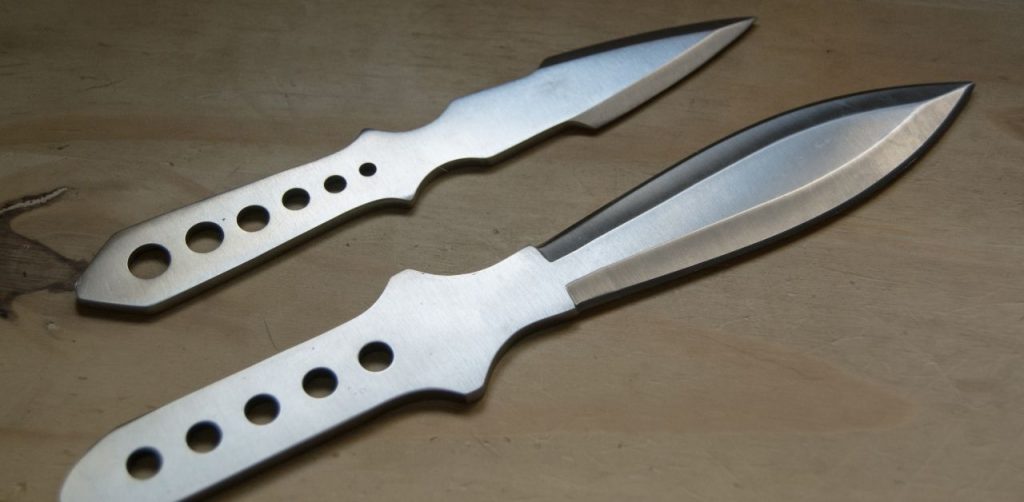
Hanging. While not a common use for the hole that many pocket knives have in the blade, the hole can be used to hang on the wall or attach a cord for easy carry. Hanging a knife on the wall by the hole in the blade is commonly done with butcher knives, but can be done with pocket knives as well. 5. Aesthetics.
Why Do Kitchen Knives Have Holes? Steel Snob

Reduces The Knife's Weight. Ease of Hanging. Have Anti-Stick Effect. Boosts Aesthetics and Flexibility. Ease of Opening the Knife. Brand Recognition. Tool Hole. Cost Saving. The selection of knives is largely dependent on the knives' quality, durability, characteristics, and efficiency in operation.
Why Do Knives Have A False Edge Explained True Realities!

Some knives have holes in the blade for weight reduction, balance improvement, break the surface tension, or a better grip on the blade. In certain types of outdoor knives, a hole may be part of an opening mechanism or a storage feature, or even part of the handle. The holes can have various uses in survival situations.
Knives With Finger Holes Why They're Popular and How They Began
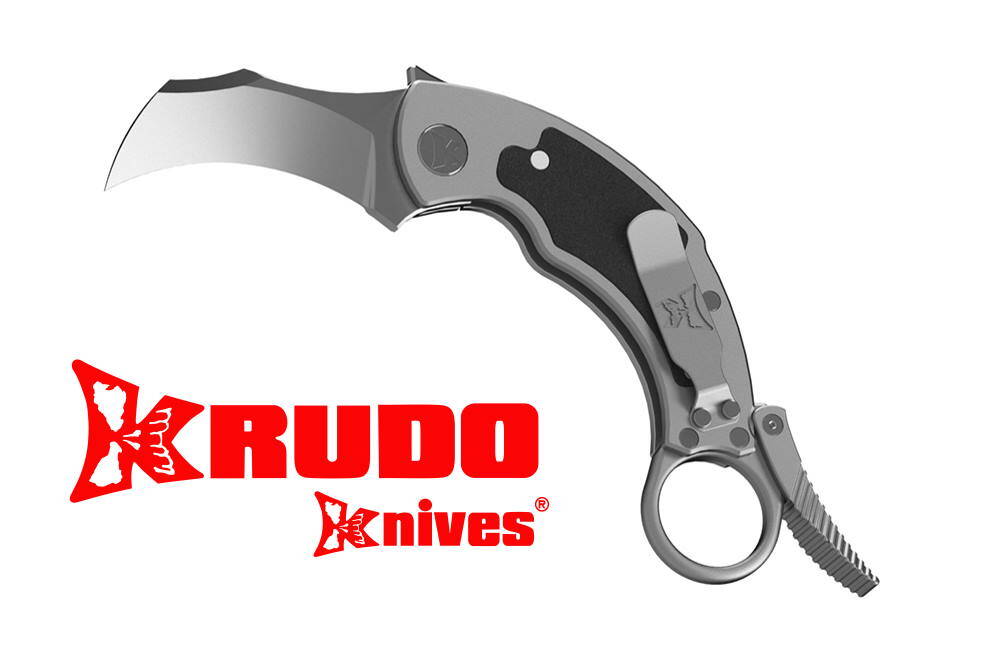
1. Reduced Friction. Several kitchen knives have holes on the sharp side of the blade, also known as dimples. They are placed there to help the chef - or whoever is handling the knife - to cut different types of food more efficiently by avoiding suction on the blade as it slices through. The dimples allow the blade to move more smoothly.
Why Do Some Knives Have Holes?

Without a doubt, the holes present on kitchen knives come with several benefits. The holes reduce friction and stickiness, thus making cutting, chopping and slicing easier. Furthermore, the holes provide a hanging mechanism for the knife, for faster access. Also, the holes enhance the knife's aesthetic value.
Why Do Knives Have Holes In Their Handles? Knife Manual
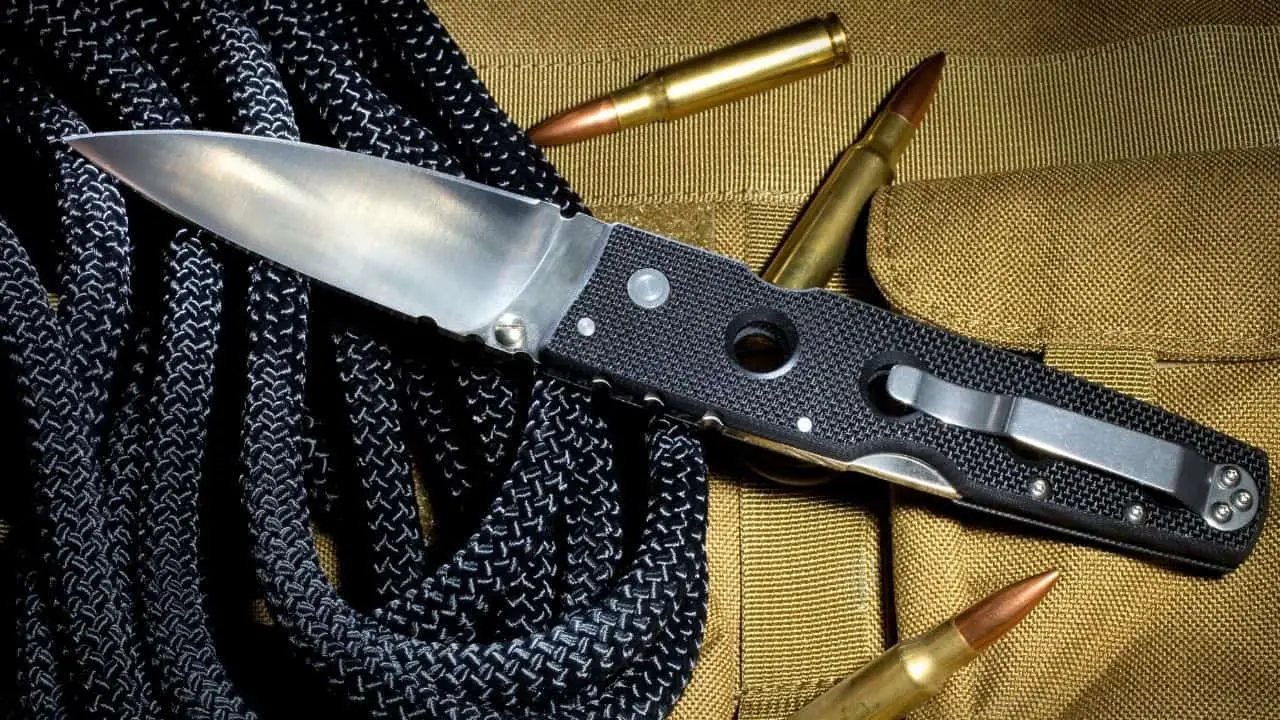
8. Brand Recognition. Some popular brands like Spyderco and Kershaw have their logos on the hole of the blade. This creates brand recognition and also makes the knife look attractive. 9. Ejection port. In some cases, a hole in the blade may be used as an ejection port for spent cartridges or other debris.
7 Reasons that Pocket Knives Have Holes in Their Blade Knife Manual
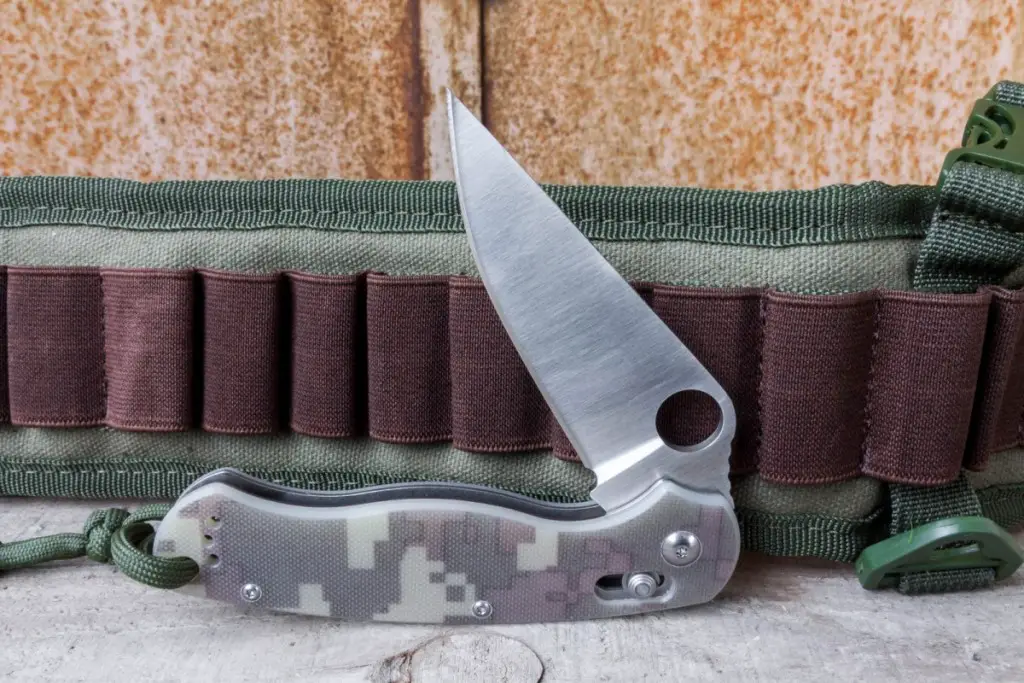
Holes in the handles of knives are primarily there to cut down manufacturing costs and reduce the knife's weight. Consumers can also benefit from holes in their knives' handles because they can allow for a better grip, make it easy to attach a carabiner or lanyard, and improve the blade's aesthetic. When you are looking for a new knife.
Why Do Knives Have Holes In Their Handles? Knife Manual
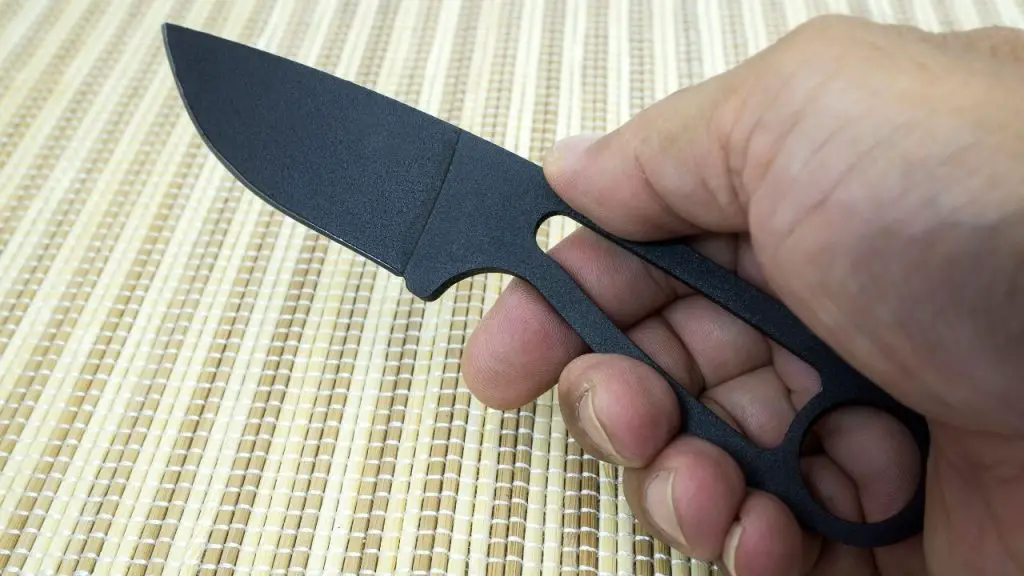
1. Less Friction During Cutting. Professional kitchen knives have holes in them to reduce friction while cutting. The blade's edge will cause friction every time something is being cut. To increase efficiency, holes are strategically placed on the blade. For example, while trying to cut cheese, the knife slows down once it is in contact with.
Why Do Some Knives Have Holes?

1. Less Friction While Cutting. This is the most common reason why knives have holes, especially outdoor knives. Some knife blades have holes so there would be lesser friction when cutting through food. If you have ever cut raw meat, you know how tiring it can be.
Why Do Some Knives Have a Hole In The Blade? Is it an Advantage or

In short, knives have holes because it helps reducing the weight of the knife, providing a more secure grip for the user's fingers, and improving the balance of the knife. The holes also offer the ability to attach accessories such as lanyards or carabiners. Moreover, holes present on the blade can help to lower friction and prevent food from.
7 Reasons that Pocket Knives Have Holes in Their Blade Knife Manual
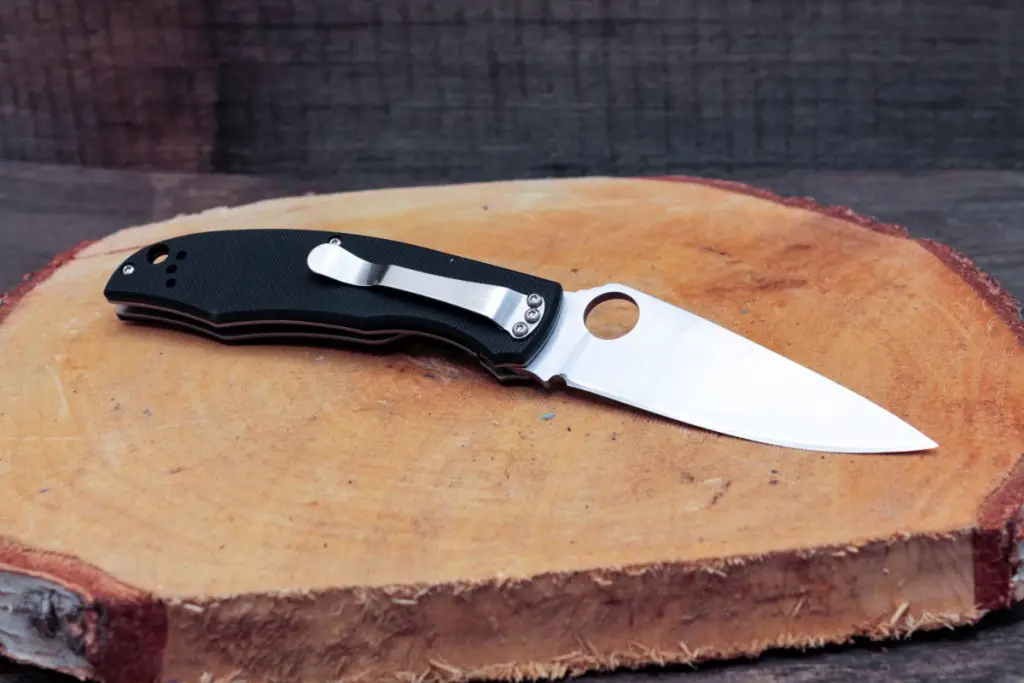
One reason is to reduce weight. The holes in the blade remove some of the material, which can make the knife lighter. This can be helpful for knives that are used for extended periods of time, such as hunting knives or fishing knives. Another reason for holes in the blade is to improve grip. The holes can help to prevent the knife from slipping.
Why Do Chef Knives Have Holes? Discover Culinary Secrets! House Happy

Many sources claim that the design prevents food from clinging to the blade. But that's not its only purpose. Santoku and slicing knives often feature oval hollows carved into the sides of their blades. Many sources claim that this innovation, patented in 1928 by what's now the Granton Knives Co. in Sheffield, England, and often referred to.
Understanding The Functionality of Why Do Knives Have Holes?

Conclusion. In conclusion, knives typically have holes in them for a variety of reasons, such as to reduce weight, help with the balance of the knife, and also to help with the grip of the handle. Holes also help with the aerodynamics of the knife, which can help with sharpening and cleaning.
Why Do Some Knives Have a Hole In The Blade? Is it an Advantage or

In many cases, there is no single answer about why some knives have holes in their handle because it can depend on the type of knife and its intended purpose. Some knives have holes in the handle for several reasons. Some are strategically placed to allow the user to hang the knife from a hook or rod, some are for the fitment of a lanyard.
.